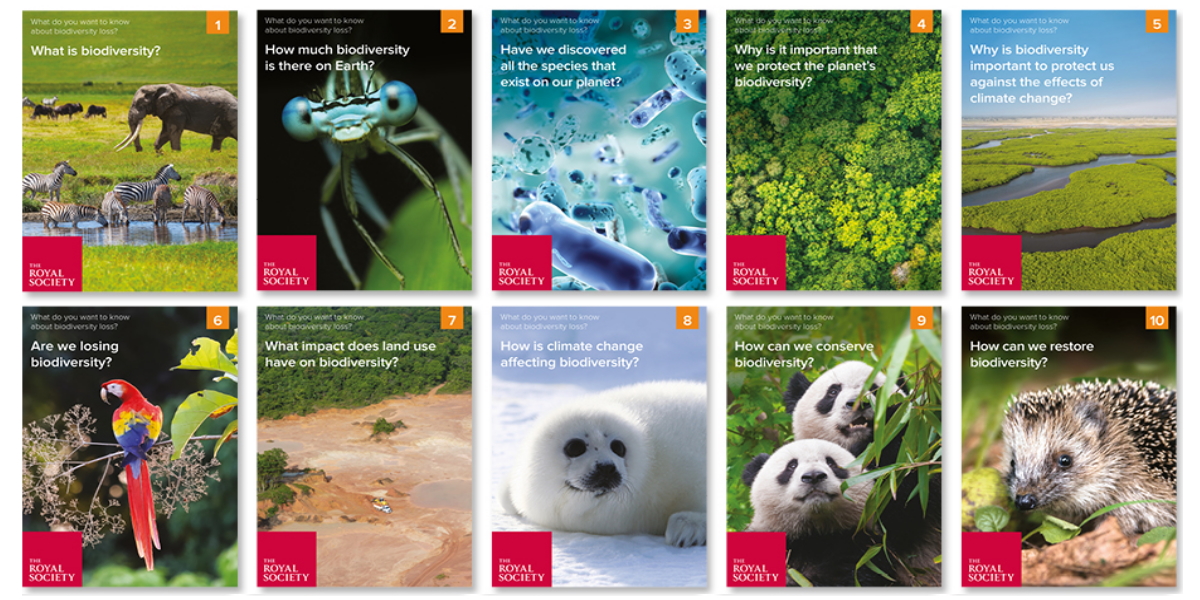Filters
Clear allSubject
- Careers (9) Apply Careers filter
- (-) Remove Climate Change filter Climate Change
- Computing (3) Apply Computing filter
- Cross curricular (6) Apply Cross curricular filter
- Design and technology (15) Apply Design and technology filter
- Engineering (6) Apply Engineering filter
- Food Preparation and Nutrition (1) Apply Food Preparation and Nutrition filter
- Mathematics (16) Apply Mathematics filter
- Science (77) Apply Science filter
- Space (3) Apply Space filter
- STEM Ambassadors (11) Apply STEM Ambassadors filter
- STEM Clubs (3) Apply STEM Clubs filter
Age range
Type
- Activity sheet (23) Apply Activity sheet filter
- Article (1) Apply Article filter
- Data set (4) Apply Data set filter
- Experiment (4) Apply Experiment filter
- Game (2) Apply Game filter
- Group work (10) Apply Group work filter
- Information sheet (13) Apply Information sheet filter
- Interactive resource (5) Apply Interactive resource filter
- Open-ended task (3) Apply Open-ended task filter
- Poster (5) Apply Poster filter
- Presentation (20) Apply Presentation filter
- Quiz (3) Apply Quiz filter
- Research (3) Apply Research filter
- Teacher guidance (51) Apply Teacher guidance filter
- Video (15) Apply Video filter
- Include Physical Resources (26301) Apply Include Physical Resources filter
Showing 94 results
Contrails occur when water vapour from jet engines condenses – only when the temperature and humidity conditions of the air is right. Contrails act like greenhouse gases. Marc Stettler from Imperial College, London is interested in guiding aircraft to fly where conditions are right, reducing contrail formation....
Explore the world of sustainability through the knowledge and expertise of those seeking to effect change and make a difference. Through a series of videos, webinars, articles, ideas and practical activities young people aged 11 to 18 and their educators can expand their knowledge, question the world around them...
Many young people are highly engaged with the topic of ‘the environment’, particularly – as they get older – that of climate change. However, they tend to hear more about the causes and impacts of climate change and less about the solutions to climate change. Young people can also suffer from ‘eco-anxiety’ and this...
This handbook looks at opportunities for educators to introduce environmental education across the EYFS framework and primary national curriculum for England.
It looks at the curriculum and gives examples and case studies of how teachers can explore environmental issues with their students. It provides...
This handbook looks at opportunities for educators to introduce environmental education across the national curriculum for key stages 3 and 4 in England.
It looks at the curriculum and gives examples and case studies of how teachers can explore environmental issues with their students. It provides...
This resource is a simplified version of part of the Intergovernmental Panel on Climate Change's (IPCC) report in 2021on the evidence for climate change and human activity that drives it. The language used is appropriate for pupils aged 14 to 16 and can be used as a reading comprehension exercise. Pupils have to...
This activity, created for use by teachers and/or Environment Agency STEM Ambassadors with the help of a teacher, provides the opportunity for pupils to learn about the water cycle. Pupils are introduced to the water cycle by asking them to...
This activity introduces the idea that climate change is leading to a greater risk of flooding due to higher levels of rainfall in a short period of time. The main part of the activity is a design challenge for the pupils highlighting how...
Clouds reflect the sun’s light, cooling the planet, but they can also act a bit like greenhouse gases, warming the planet. In this film, Dan Grosvenor from the University of Leeds, shows how different types of cloud have a different climate effect.
In the associated activity, students will test the...
In this resource students are provided with a table showing the efficiency of various factors in warming up or cooling down the neighbourhoods of three urban areas. Students are required to interpret the data, manipulate the data and calculate averages. The data then has to be represented graphically. A number of...
Veganuary is an annual campaign to encourage and support people to try to be vegan for January. The resources in this collection could be used to explore the links between the food choices we make, our health, and the impact on people and animals around the world, and the environment. The resources also inspire...
This resource gives a teacher the materials to be able to create a working wall on the topic of water which they can build and add to over a series of lessons.
The idea behind the working wall is that the resources are used to create a display which develops over a period of time as pupils undertake...

These evidence-based, question and answer style classroom resources can be used to engage students of all ages...

These evidence-based, question and answer style classroom resources can be used to engage students in the climate...
This is a data handling activity looking at how warming in various countries around the world varies. Initially it asks students to differentiate between the terms climate and weather. It then goes on to asks students to present and comment on data about temperatures over time in various countries. Finally it asks...
